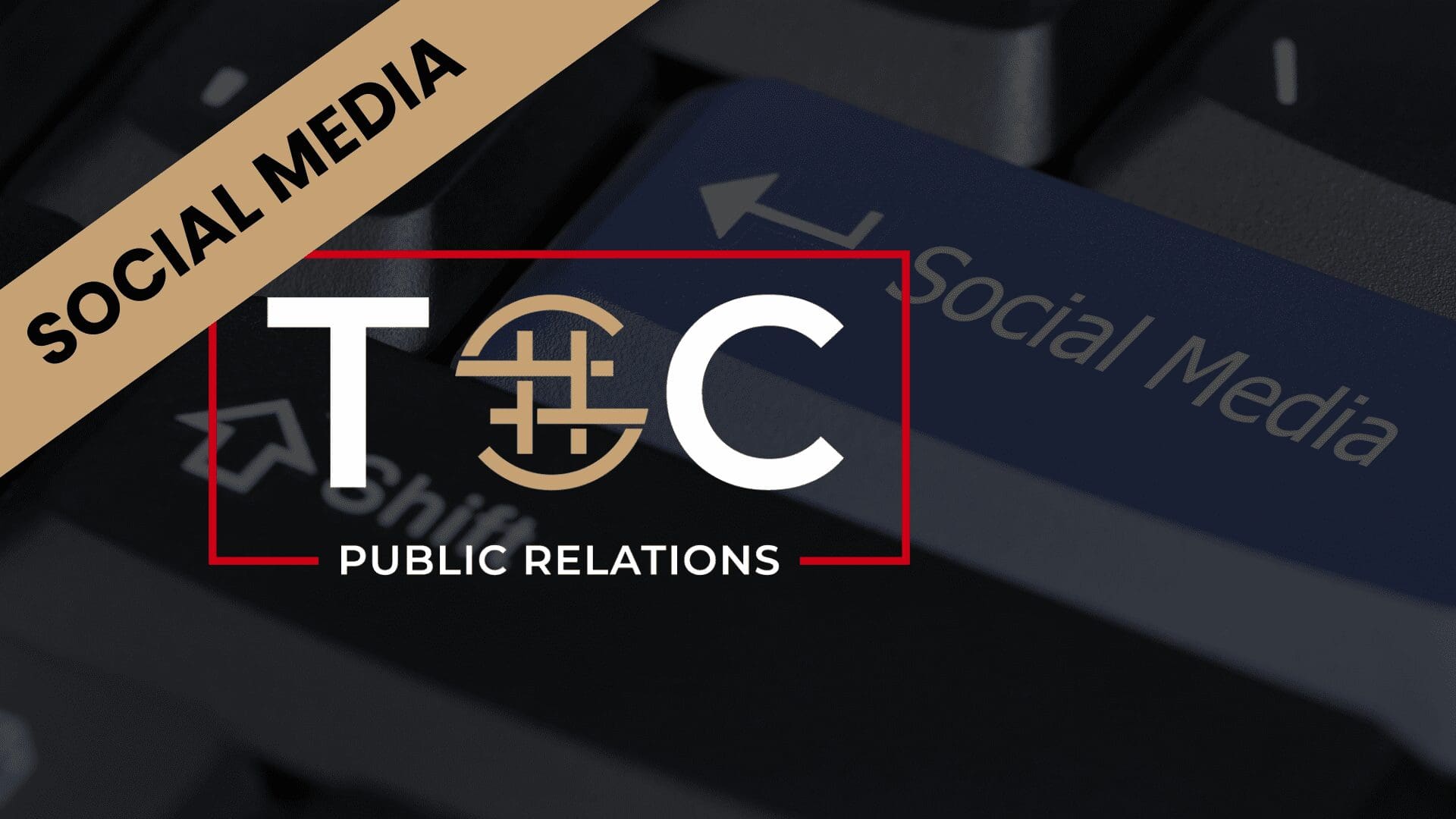As video continues to lead the way across all social media platforms, live-streaming continues to increase in popularity due to its multi-faceted form of communication.
If you have yet to Livestream for your business, organization, law firm, or law enforcement agency, what are you waiting for? We’re kidding. But you really should begin implementing live-streaming into your social media strategy to forge more connections with your audience and garner an influx of engagement.
What makes live-streaming so popular is that not only is there a video component (which makes for a transparent, communicative piece), but your social audience also has the opportunity to communicate in the comment thread directly and immediately create a dialogue with you, which may seem intimidating, but poses an opportunity to build relationships.
Why is Live-Streaming so Important?
As all of you reading this are professionals in your respective fields, understand that building and maintaining positive relationships in the community and across the digital sphere are vital in strengthening your operations; this is why live-streaming is so important.
While many already understand that live-streaming is a great social media tool, a huge percentage of those utilizing this feature on Facebook, Instagram, Youtube, Zoom, LinkedIn, and Twitter are doing it all wrong. So we’re here to help!
Here are our top five live-streaming tips for content creators!
Wifi
There is nothing worse (well, I’m sure there is) than viewing a pixilated Livestream, where the audio is continuously going in and out. Many of us communication professionals have been there before, at least once, okay, maybe twice, and it’s stressful.
This is why having access to wifi or purchasing a wifi jetpack is one of the greatest social media investments, especially if you plan on live-streaming and are unsure how your cell phone internet service will react. Typically, jetpacks run about $20 per month but will ensure your live streams are flawless, free of technical errors, and that you have the opportunity to focus on connecting with your audience.
Run-through Rehearsal
This is one of the most neglected pieces of setting yourself up for success when it comes to live-streaming, a run-through rehearsal. It’s imperative to physically go to the event’s location, announcement, or interview to test all of your equipment; ESPECIALLY if you do not have wifi access or a wifi jetpack. A run-through rehearsal should never be done an hour before; this is the time you should already be in focus mode. Aim to test your Livestream a day or two ahead.
When testing your Livestream, be sure to have another person assist by logging in to confirm both audio and visual elements are operating properly. Side note: we recommend a Livestream test be performed on a backup/test social media account separate from your professional page. Tip: Create a private Facebook Group to test in.
Respond to Comments
It’s always important to respond to comments and answer appropriate questions during a Livestream. Sometimes garnering support from another person on your team can be helpful to assist in filtering through questions and comments that may be coming in to ensure that nothing is missed.
In the digital world, nothing is ruder than being ignored during a Livestream. Interacting with your audience will build engagement and increase likes and comments, elevating overall impressions and growing your audience.
On Camera
When you’re on camera, it’s important to be natural and personable, as this is another element that will make your Livestream stand out and keep people coming back for more. This can be achieved by looking directly into the camera, as it’ll give off normal face-to-face eye contact, as you would do in person.
When speaking, it’s important to bring energy and confidence to convey authority. Also, don’t hesitate to throw in a few smiles, as this will strengthen your position as personable and transparent during a Livestream.
Captions
One of the biggest flubs we see in 2021 live streams is the lack of on-screen text in the lower thirds. Applications like Facebook show up in your audience’s feed muted by default, but if you turn on your on-screen text, it’ll provide the user an underlying understanding of what is happening or being said in the video; thus increasing the probability that they will click on your Livestream and watch.
“According to data from publishers, about 85 percent of video on Facebook is watched without sound. Facebook has found in its internal tests that having captions increases video view times by 12 percent.” – American Press Institute
When it comes to live-streaming, we must pull out all the stops and ensure we are not leaving any audiences out. Captions are available on all live-streaming platforms; it’s free, and moving forward, they should be used at all times.
Honorable Mention
We couldn’t end this piece without mentioning two other essential live-streaming elements. The first is to get yourself a reliable HD webcam. If you elect to use a cell phone, be sure to use one with high-resolution video like the Apple iPhone 11 Pro Max, as this phone will provide the greatest audio and visual quality.
Also, purchase a tripod. We cannot stress how handy this item will be for you, especially if live-streaming an event. A tripod will eliminate the need to hold the camera or phone for an entire two hours and risk a shaky Livestream or, worse, risk you losing an arm from holding an object in your hand in the same position for over two hours.


